Search
Remove Ads
Advertisement
Summary 
Loading AI-generated summary based on World History Encyclopedia articles ...
Search Results
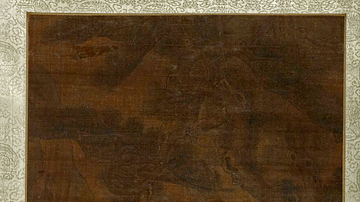
Image
Mongol Horseman with Bow & Arrow
A Chinese painting of a Mongol horseman with bow and arrow. Made in China, during the Song Dynasty (1644 - 1912 CE). Hanging scroll, ink and color on silk. Painting: 68 x 44.5 cm. (26 3/4 x 17 1/2 in.) Mount: 237 x 63.5 cm. (93 5/16 x 25...

Article
Egyptian Gods - The Complete List
The gods and goddesses of Ancient Egypt were an integral part of the people's everyday lives for over 3,000 years. There were over 2,000 deities in the Egyptian pantheon, many whose names are well known - Isis, Osiris, Horus, Amun, Ra, Hathor...
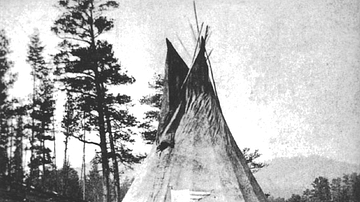
Article
White Plume
White Plume is a hero tale of the Sioux nation featuring the supernatural trickster figure Unktomi (Iktomi) who serves as a catalyst for transformation, whether for good or ill. In this story, Unktomi is the villain whereas in others, such...

Article
Enuma Elish - The Babylonian Epic of Creation - Full Text
The Enuma Elish (also known as The Seven Tablets of Creation) is the Babylonian creation myth whose title is derived from the opening lines of the piece, "When on High". The myth tells the story of the great god Marduk's victory over the...
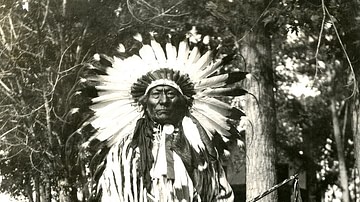
Definition
White Bull
White Bull (Tatanka Ska, l. 1849-1947) was a Hunkpapa Lakota Sioux warrior, nephew of Sitting Bull (l. c. 1837-1890), who is among the many claimed to have killed Lt. Colonel George Armstrong Custer (l. 1839-1876) at the Battle of the Little...
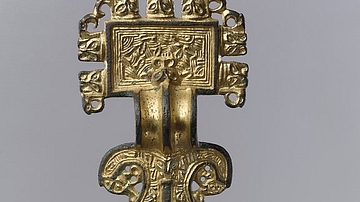
Image
Saxon Square-Headed Bow Brooch
Saxon Square-Headed Bow Brooch, Anglo-Saxon, 6th century CE, Metropolitan Museum of Art.
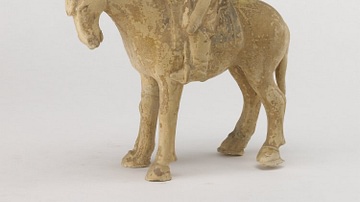
Article
Archers in Ancient Chinese Warfare
The bow was the most common weapon in ancient Chinese warfare and the skill of using it was the most esteemed martial art for millennia. Archers were used as infantry, chariot riders, and cavalry over the centuries, and while the weapon's...

Image
Arrow Loop
An arrow loop, a narrow window in a medieval castle for an archer to fire through and remain relatively protected from attacking fire. 12th century CE. Château de la Madeleine, Chevreuse, Yvelines, France.
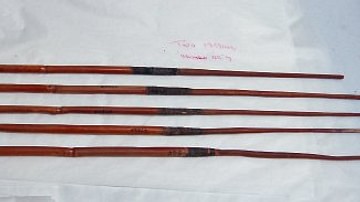
Image
Reed Arrow Shafts
Reed arrow shafts, c. 80 cm long. From Asyut, Egypt, 6th Dynasty.
The British Museum, London.
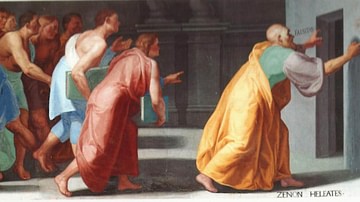
Definition
Zeno of Elea
Zeno of Elea (l. c.465 BCE) was a Greek philosopher of the Eleatic School and a student of the elder philosopher Parmenides (l.c. 485 BCE) whose work influenced the philosophy of Socrates (l. c. 470/469-399 BCE). Zeno and Parmenides are both...